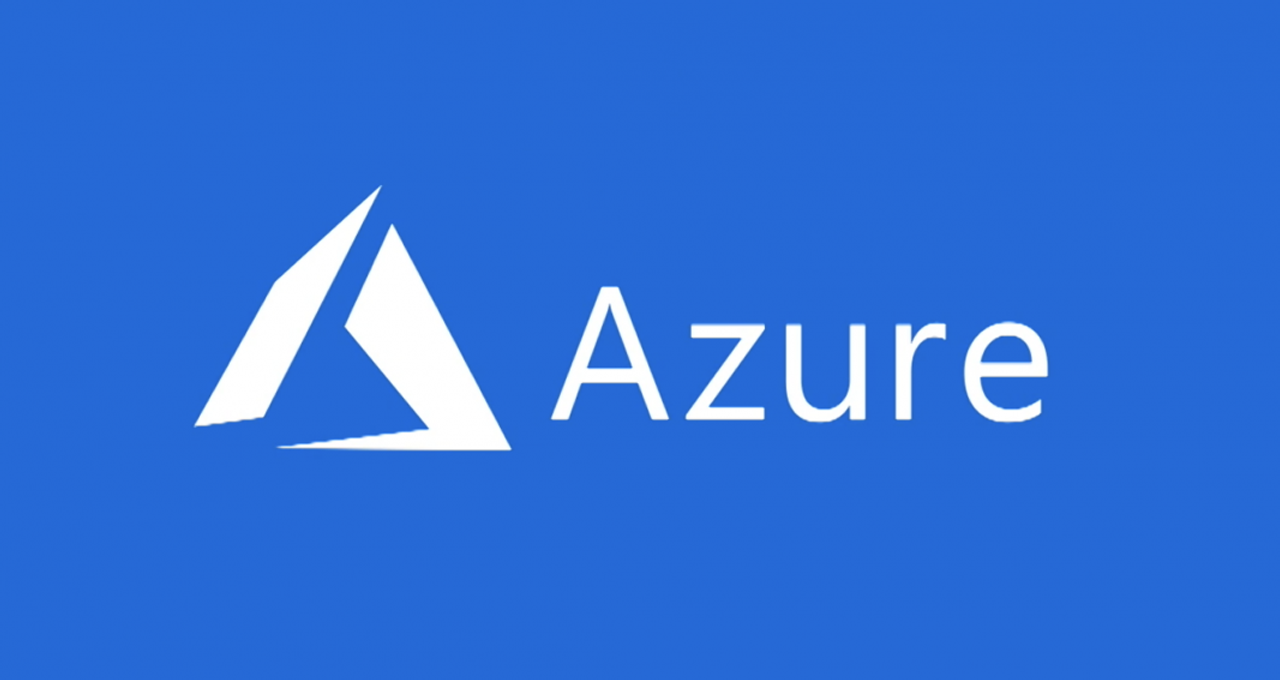AZURE Administration

An Azure Administrator is responsible for implementing, monitoring and maintaining Microsoft Azure solutions, including major services related to Compute, Storage, Network and Security.The role of Azure Admin is to implement, monitor and maintain MS Azure solutions and major services related to compute, network.
Our Course Content
Introduction
- Introduction
- Why Should I Learn Azure
Module-1: Cloud Computing & Microsoft Azure Fundamentals
- Introduction to Azure
- Different segments SaaS, PaaS, and IaaS
- Azure Regions and Data Centers
- Understanding of Microsoft Azure portal
- Introduction to all Azure services
- Windows Azure Subscription
- Setting Up a Trial Subscription
Lab:
- Installation of Azure cmdlets on windows PowerShell
Module-2: Azure Virtual Machines
- Operating System Images Supported
- Virtual Machine instances
- Azure VM types and Pricing
- Types of Provisioning
- Disks & Images
- Virtual Machine management, automation and scripting
- Cloud Service and Resource Model Deployment
- Setting up VM in Availability set using Load Balanced Endpoint
- VM Availability using Availability Sets
Lab:
- Creation of VMs with portal, ARM Templates and PowerShell
- Deploying two VMs in Availability Set and load balancing it.
Module-3: Introduction to Azure Virtual Network and Services
- Types of Azure Virtual Network VNET to VNET, point-to-site and site-to-site, Express Route
- Creating Virtual Networks in Azure
- Azure Subnet and IP ranges
- Endpoints
- Load Balancing Endpoints
- Understanding Network ACL and Network Security Group Setting up Private and Public IP
- Introduction to Azure Traffic Manager
- Available options in Azure Traffic Manager
- Understanding of Deployment Traffic Manager
Module-4: Microsoft Azure Storage
- Overview of Microsoft Azure Storage
- Storage Account
- Storage Account Replication Techniques
- Protocols and Consistency Model
- Type of Azure Storage Account
- Storage Services Blob, Table, queue, File
- Azure CDN Services, Managed and Unmanaged Disk
Module-5: Manage AzureActive Directory (AD)
- Azure Active Directory Overview
- Self-Service Password Reset
- Azure AD Identity Protection
- Integrating SaaS Applications with Azure AD
- Azure Domains and Tenants
- Azure Users and Groups
- Azure Roles
- Managing Devices
Module 6: Manage App Service Plans
- App Service Overview
- App Service monitoring overview
- Web Role and Worker Role
Module 7: Azure SQL Database
- Understanding Database as a service
- Difference between SQL server and Azure SQL
- Advantage and Benefits of SQL database Scaling SQL database
- Backup and Performance Options Security in Azure
- SQL Pricing Model
- Azure SQL Data Warehouse
Module-8: Azure Backup and Site Recovery
- Azure Vaults
- Configuring backups
- Data Protection Manager
- Azure Site Recovery and Disaster Recovery
- On Premise Migration using Recovery Services
Module-9: Azure ARM Template
- Introduction to Azure ARM Templates and its content
Lab:
- Deploying ARM Template with PowerShell
Module 10: Configure Serverless Computing
- Serverless Computing, Functions and Logic Apps
Module 11: Manage App Services
- App Settings
- Deployment Slots
Module 12: Data Factory
- Introduction to Azure Data Factory
- Core Concepts – Data sets, Pipelines and activities, Scheduling and execution
- Run Samples – Customer Profiling
- Moving Data, Transformation and Analysis
- Monitoring and managing the Pipelines
- Common Use Cases and Samples
Module-13: Azure Container Service
- Introduction to Azure Container Service
- Overview of Containers
- Introduction to Azure Container Registry
- Azure Kubernetes Services
- Introduction
Module-14: Azure Cosmos DB
- Introduction
- What is a request unit?
- What is Partition Strategy and Key?
- Query types
